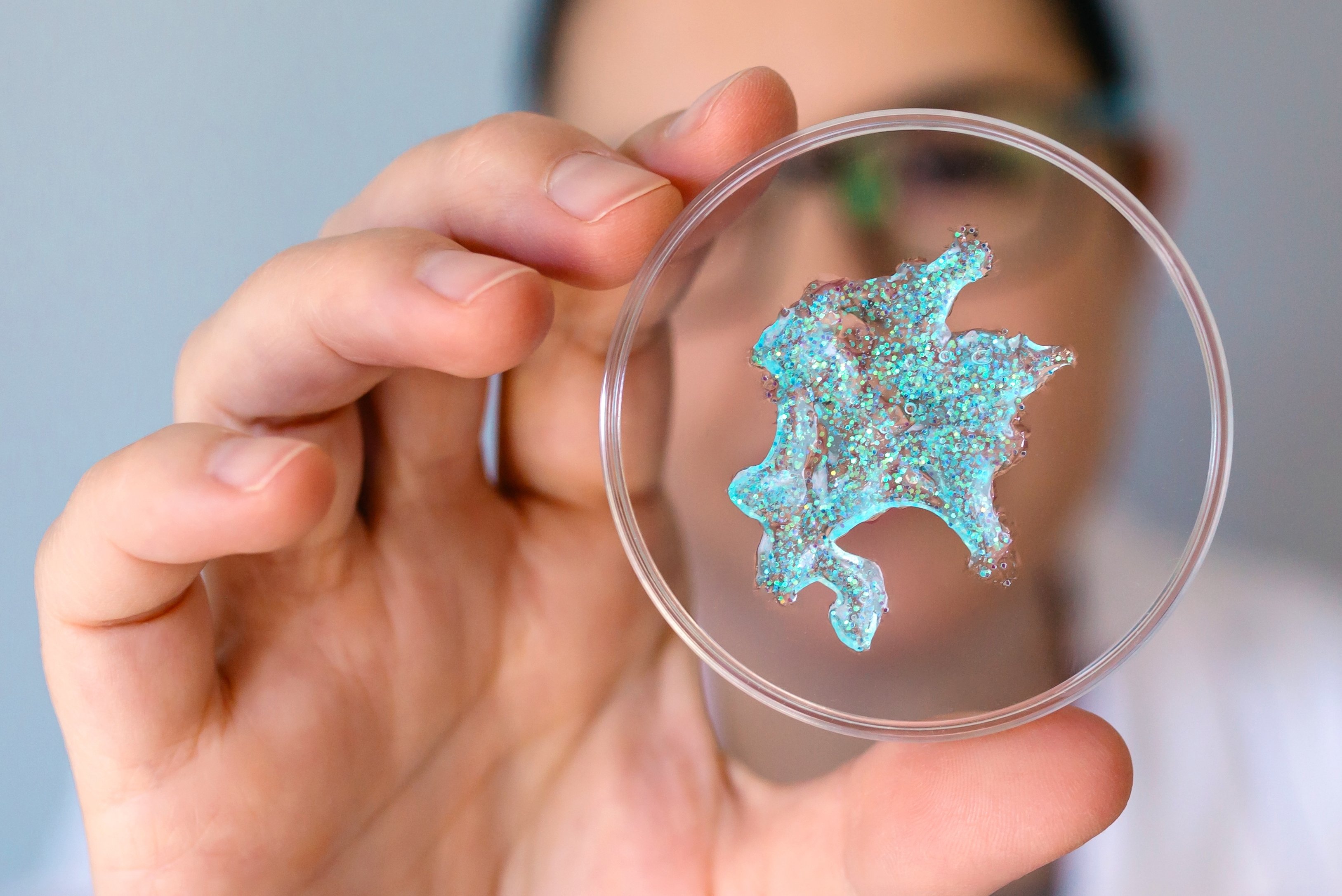
(Vienna, 28 August 2025) With a diameter of less than 0.001 millimetres, nanoplastic particles can penetrate body tissue and accumulate in organs. Because it is still difficult to detect them precisely in the body, research into the health effects of microplastics and nanoplastics (MNP) remains challenging. Now, a research team led by MedUni Vienna, the University of Hamburg and ETH Zurich has developed a method that can reliably track the path of these tiny particles from oral ingestion down to the cellular level. The study results were published in the journal "Nature Communications Biology".
The research group led by Lukas Kenner, Verena Kopatz (both MedUni Vienna), Theresa Staufer (University of Hamburg), Deborah Stroka (University of Bern) and Denise Mitrano (ETH Zurich) combined three analytical methods in their study: highly sensitive inductively coupled plasma mass spectrometry (ICP-MS) for precise quantification, X-ray fluorescence imaging (XFI) for non-destructive localisation of the particles in tissue, and imaging mass cytometry (IMC) for visualising particle distribution at the cellular level. By labelling the nanoplastics with palladium, the scientists were able to show in detail for the first time how these particles behave in the body using mouse models.
Mouse models were examined using three different exposure scenarios: a short-term single dose of nanoplastics, a ten-day medium-term exposure and a five-week long-term exposure. The results showed that, in most cases, the particles are rapidly excreted via the digestive tract after a single intake. However, with longer-term exposure, they can accumulate in organs such as the liver, kidneys and even the brain. Particularly striking was the fact that in mouse models with impaired intestinal barriers or altered intestinal movements, excretion was significantly slower, which increases the likelihood of uptake into the tissue.
Tool for precise investigations
"The significance of our study lies less in these biological observations themselves than in the development of a methodological approach that combines quantitative and spatial analyses for the first time," emphasises Lukas Kenner (Clinical Department of Pathology). "This now provides science with a tool to investigate questions about the potential health risks of nanoplastics much more accurately in the future," adds Verena Kopatz (Department of Radiation Oncology).
Publication: Nature Communications Biology
Biodistribution of nanoplastics in mice: advancing analytical techniques using metal-doped plastics.
Theresa Staufer, Verena Kopatz, Alice Pradel, Tess Brodie, Robert Kuhrwahl, Deborah Stroka, Julia Wallner, Lukas Kenner, Verena Pichler, Florian Grüner, Denise M. Mitrano.
DOI: 10.1038/s42003-025-08709-1
https://www.nature.com/articles/s42003-025-08709-1